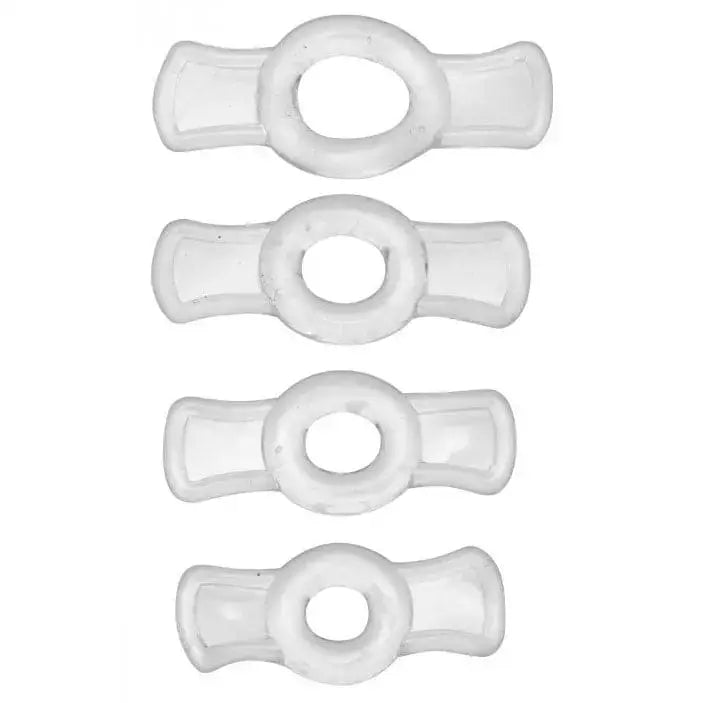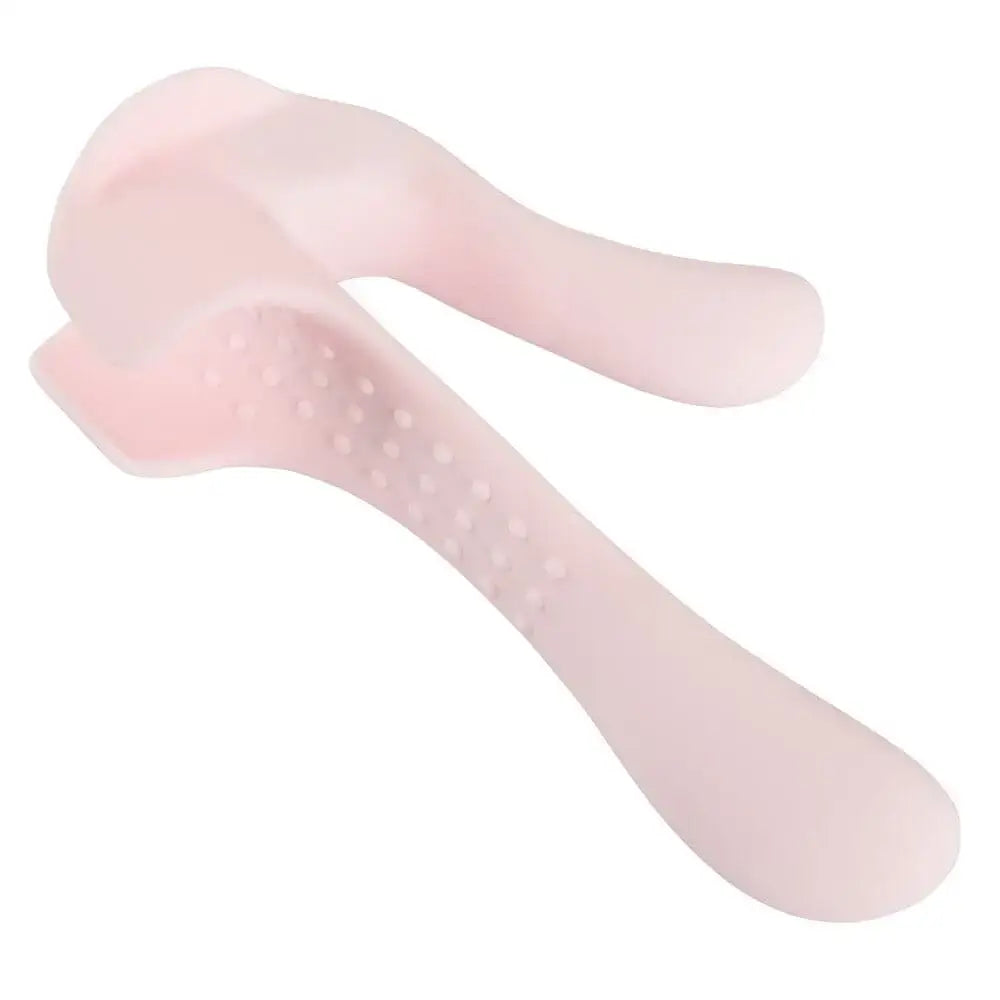Premature ejaculation (PE) can impact both physical and emotional well-being. This comprehensive guide explains the underlying factors, clinical signs, and modern management options—ranging from behavioural techniques and medications to specialised devices like cock rings, penis pumps, and couples’ vibrators—tailored for UK readers in Stoke-on-Trent and Staffordshire.
1. Common Underlying Factors
PE often arises from a combination of psychological, behavioural, and physiological influences. Understanding these root causes is critical to choosing the right approach.
1.1 Misconceptions & Habits
Long-standing myths—such as believing “a single drop of semen equals ten drops of blood”—can create undue anxiety. Over time, these misconceptions encourage rushed intercourse and reinforce patterns that lead to loss of control. Educational counselling and gradual desensitisation exercises help correct faulty beliefs and promote healthier sexual habits.
1.2 Interaction Gaps & Anxiety
Limited experience with partners and a lack of sexual knowledge often fuel performance anxiety. Men may worry about “failing” and develop a negative feedback loop—faster ejaculation leads to more anxiety, which leads to faster ejaculation. Working with a qualified sexual counsellor or therapist can break this cycle. In some cases, targeted devices like a cock ring can help stabilize erections, giving time to learn better control techniques.

Example: Size Matters Endurance Penis Ring Set
1.3 Excessive or Hasty Masturbation
While normal masturbation isn’t a direct cause, habitual rapid stimulation—seeking quick release—can train your reflex to climax prematurely. To counter this, consciously slow down sessions and practise edging (pausing just before orgasm). Devices like a penis pump can also help by building stamina through gradual pressure training.
Example: Power Pump Vibrating Penis Pump
1.4 Infrequent Sexual Activity & Heightened Arousal
Life stressors—like busy work schedules, academic pressures, business trips, or living apart from a partner—can reduce the frequency of intercourse. When opportunities finally arise, high arousal can result in uncontrolled ejaculation. Using a couples’ vibrator helps moderate excitement levels so both partners can enjoy extended, satisfying sessions.

2. Recognising Symptoms & Severity Levels
Clinicians classify PE by ejaculation latency (time from penetration to climax) and frequency of uncontrolled ejaculations during intercourse. Below is a breakdown:
2.1 Mild Premature Ejaculation
- Ejaculation occurs between 6–12 minutes after penetration, with fewer than 120 thrusts.
- Out of 10 sexual encounters, 5–6 result in loss of control.
2.2 Moderate Premature Ejaculation
- Ejaculation occurs between 2–6 minutes post-penetration, with fewer than 60 thrusts.
- In 10 encounters, 7–8 result in loss of control.
2.3 Severe Premature Ejaculation
- Ejaculation occurs before penetration or within 2 minutes, with fewer than 15 thrusts.
- All 10 out of 10 sexual encounters result in ejaculatory loss of control.
3. Strategies to Improve Ejaculatory Control
A multifaceted approach is often most effective. Below are evidence-based methods to manage and reduce premature ejaculation.
3.1 Behavioural Techniques
- Start–Stop Method: Stimulate arousal until you feel near climax, then pause until excitement subsides. Repeat multiple times before allowing ejaculation.
- Squeeze Technique: When orgasm is imminent, gently squeeze the shaft or just behind the glans to temporarily reduce arousal, then resume once under control.
3.2 Pelvic Floor Exercises (Kegels)
Strengthening pelvic floor muscles helps delay ejaculation. To find these muscles, imagine stopping urine flow midstream—those are your pelvic floor muscles. Contract them for 3–5 seconds, then relax for 3–5 seconds; repeat 10–15 times per set, 3 sets daily.
3.3 Sexual Counselling & Education
Professional therapy addresses anxiety, relationship dynamics, and negative thought patterns. Combined with accurate sexual education—understanding normal ejaculatory ranges and anatomical function—counselling can be transformative.
3.4 Medications & Topical Agents
- Topical anesthetic creams (e.g., lidocaine-based) desensitise the glans temporarily.
- Selective serotonin reuptake inhibitors (SSRIs) — such as dapoxetine — can be prescribed for delayed ejaculation under medical supervision.
3.5 Devices & Tools
Incorporating sexual wellness devices can accelerate improvement and provide immediate feedback:
- Cock Rings: By gently restricting blood flow, cock rings maintain firmer erections and extend time to ejaculation. NS Novelties Renegade Intensity Rings (Clear)
- Penis Pumps: Vacuum erection devices enhance control by strengthening erectile tissue. Over time, coordinated use can build stamina. Power Pump Vibrating Penis Pump
- Couples’ Vibrators: Toys designed for partner use can reduce performance pressure by allowing both partners to share stimulation, promoting rhythm and timing. Couples Choice Rechargeable Vibrator
4. Lifestyle & Psychological Approaches
Holistic changes can complement targeted therapies and devices:
- Mindfulness & Relaxation: Daily meditation or deep-breathing exercises can reduce overall anxiety, which often exacerbates PE.
- Stress Reduction: Regular exercise, adequate sleep, and balanced nutrition help regulate hormonal and neurotransmitter levels.
- Healthy Communication: Openly discussing concerns with your partner can alleviate performance pressure and foster teamwork in addressing PE.
- Alternative Therapies: Some men find relief with acupuncture, yoga, or herbal supplements—though these should always be discussed with a doctor first.
5. When to Seek Professional Help
Consider seeing a GP or sexual health specialist if:
- PE significantly affects your relationship or self-esteem.
- Behavioural strategies haven’t improved symptoms after 3–6 months.
- You suspect an underlying medical condition (e.g., thyroid imbalance, prostatitis).
- Medication side effects (e.g., SSRIs) need monitoring or adjustment.
A qualified professional can tailor a combination of psychological counselling, medical management, and device-based training to your unique needs.


